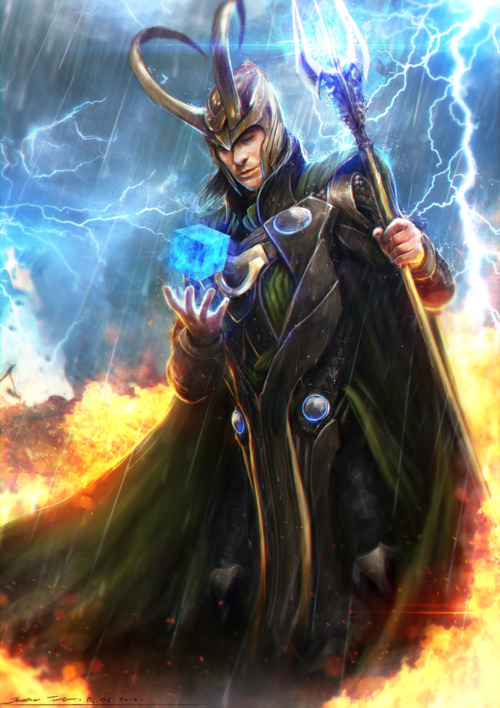Loki, the enigmatic and multifaceted figure of Norse mythology, embodies a complex and compelling persona within the pantheon of divine beings. This article explores the multifaceted nature, pivotal role, and enduring legacy of Loki, shedding light on his intricate relationships, captivating exploits, and mythological significance within the rich tapestry of Norse cosmology.
Mythological Prelude
Loki, often depicted as a cunning trickster and shape-shifter, occupies a central place within Norse mythology, playing a pivotal role in shaping the destinies of gods and mortals. His enigmatic presence weaves through a myriad of narratives, showcasing both benevolent and malevolent aspects that contribute to the complexities of the mythological realm.
Key Characteristics and Exploits
- Trickster Persona: Loki's reputation as a trickster god is showcased through his penchant for cunning, deceit, and mischief, often leading to both humorous and calamitous consequences.
- Shape-Shifting Abilities: Loki's ability to assume various forms and identities adds an element of unpredictability and intrigue to his character, allowing him to navigate the mythological landscape with unparalleled versatility.
- Complex Relationships: Loki's relationships with other divine beings, including the Aesir and Vanir gods, as well as his familial ties, contribute to the intricate web of alliances, conflicts, and betrayals within Norse mythology.
Exploits and Intrigues
- Mischief and Deception: Loki's exploits often revolve around acts of mischief and deception, such as the theft of Mjölnir, the binding of Fenrir, and his pivotal role in the events leading to Ragnarök.
- Alliance and Betrayal: Loki's complex interactions with other gods, including acts of both camaraderie and betrayal, serve to underscore the moral ambiguity and intricate dynamics of divine relationships within the mythological realm.
Family Ties and Offspring
- Parentage: Loki is the son of the jotunn (giant) Farbauti and the jotunn Laufey, positioning him as a figure with ties to both the divine and primordial realms.
- Offspring: Loki's offspring include the monstrous wolf Fenrir, the serpent Jörmungandr, and the half-dead, half-living being Hel, each embodying potent forces that contribute to the impending cataclysm of Ragnarök.
Mythological Significance
- Agent of Change: Loki's actions and influence often serve as catalysts for transformative events within the mythological narrative, driving the progression of fate and the unfolding of cosmic struggles.
- Moral Ambiguity: Loki's character embodies moral ambiguity, challenging conventional notions of heroism and villainy, and adding layers of complexity to the moral landscape of Norse mythology.
Legacy and Cultural Impact
- Artistic and Literary Depictions: Loki's enigmatic persona and captivating exploits have inspired numerous artistic and literary interpretations, cementing his enduring legacy within the cultural tapestry of Norse myth.
- Modern Resonance: Loki's complex character continues to resonate in contemporary popular culture, influencing portrayals in literature, film, and other forms of media, showcasing the timeless allure of his enigmatic persona.
Conclusion
Loki, with his multifaceted nature, enigmatic exploits, and complex relationships, stands as a captivating figure within Norse mythology. His enduring legacy continues to captivate and inspire, portraying the intricate dynamics of divine interactions, the moral ambiguity of mythological personas, and the enduring resonance of his enigmatic presence within the mythological realm.








0 comments:
Posting Komentar